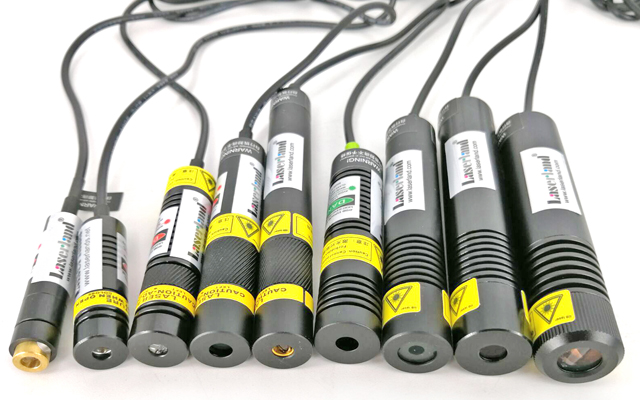In today’s society, the application of sweeping robots is becoming more and more common. Line lasers used in various sweeping robots include EEL line lasers, VCSEL line lasers, visible light lasers and infrared light lasers. So, what role does laser play in sweeping robots?
- Navigation and perception:
By emitting laser beams from laser sensors and receiving reflected signals, the robot can accurately measure distance and shape information in the environment, effectively determine its own position and achieve precise navigation. Accurate data is provided even when lighting conditions are less than ideal or terrain is difficult.
- Obstacle identification and avoidance:
By scanning its surroundings with laser sensors, the robot is able to detect the location and shape of obstacles and react quickly to avoid collisions.
- Map construction and path planning:
Using data collected by laser sensors, robots can create 3D models and maps of their environment. Laser technology enables sweeping robots to avoid obstacles more intelligently and avoid repeated cleaning and missed sweeping.
The application of laser on sweeping robots provides them with high-precision navigation and perception capabilities, as well as intelligent obstacle recognition and obstacle avoidance capabilities. The application of these technologies enables sweeping robots to complete cleaning tasks more reliably and efficiently, providing people with a more comfortable living environment.


